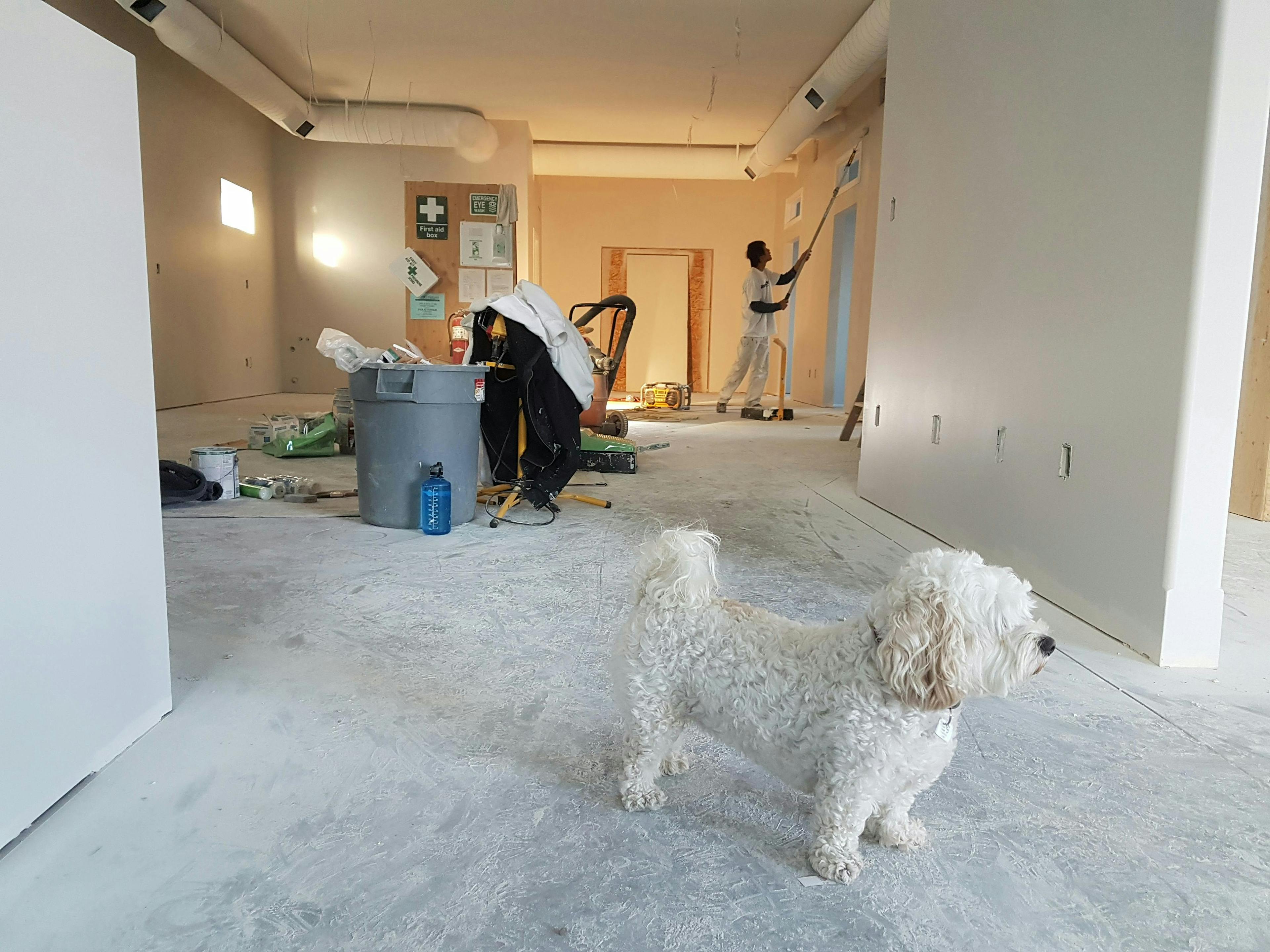Understanding the Microbial Risks in Water-Damaged Buildings

When buildings suffer water damage, it's not just mold that occupants need to worry about. A plethora of microorganisms can thrive in these damp environments, posing various health risks. While mold is a significant concern, it's crucial to recognize that bacteria, mycotoxins, and other harmful substances can also proliferate in water-damaged areas.
Mold: A Common Culprit but Not the Only One
Mold is often the most visible sign of water damage in a building. Common types of indoor mold include Stachybotrys chartarum, Penicillium, Aspergillus, Cladosporium, and Fusarium. These molds can cause allergic reactions, respiratory issues, and other health problems, especially in individuals with compromised immune systems or mold sensitivities.
In addition to the microbial concerns already discussed, biotoxins from water-damaged buildings also play a significant role in innate immune system dysregulation leading to chronic inflammation. This condition can manifest in a wide array of symptoms that may affect various systems of the body. Individuals exposed to these biotoxins may experience fatigue, weakness, aches, muscle cramps, and unusual pains, including ice pick pain. Neurological symptoms can include headaches, light sensitivity, red eyes, blurred vision, tearing, and sinus problems such as cough and shortness of breath. Gastrointestinal issues may present as abdominal pain and diarrhea, while musculoskeletal complaints can include joint pain and morning stiffness. Cognitive impairments often arise, with affected individuals reporting memory issues, difficulty with focus and concentration, problems with word recollection, confusion, and disorientation. Skin sensitivity, mood swings, appetite swings, and temperature regulation or dysregulation problems are also common. Other symptoms can include excessive thirst, increased urination, static shocks, numbness, tingling, vertigo, a metallic taste in the mouth, and tremors. These diverse and often debilitating symptoms underscore the importance of thorough remediation and medical attention for those living or working in water-damaged environments.
Bacteria and Endotoxins: Invisible but Impactful
Bacteria are another significant concern in water-damaged buildings. Actinobacteria, for example, can produce antibiotics that disrupt normal microbiomes, leading to health issues. Gram-negative bacteria produce endotoxins, which are components of their cell walls that can cause respiratory and inflammatory problems when inhaled.
Mycotoxins: Potent Chemical Threats
Mycotoxins are toxic compounds produced by certain molds. These toxins can be present on water-damaged building materials and pose serious health risks, including immunotoxicity and carcinogenic effects. Mycotoxins like ochratoxins, fumonisins, and trichothecenes have been found in water-damaged buildings and can contribute to a range of health issues.
The Importance of Addressing Water Damage
Given the variety of microorganisms and toxins that can be present in water-damaged buildings, it's clear that mold is not the only concern. Addressing water damage promptly and effectively is crucial to prevent the growth of these harmful entities. Remediation efforts should focus on identifying and eliminating sources of moisture, as well as cleaning or removing contaminated materials.
Conclusion
In summary, water-damaged buildings can harbor more than just mold. Bacteria, endotoxins, and mycotoxins are also common and can pose significant health risks. It's essential for building owners and occupants to be aware of these risks and take appropriate action to ensure a safe and healthy indoor environment.